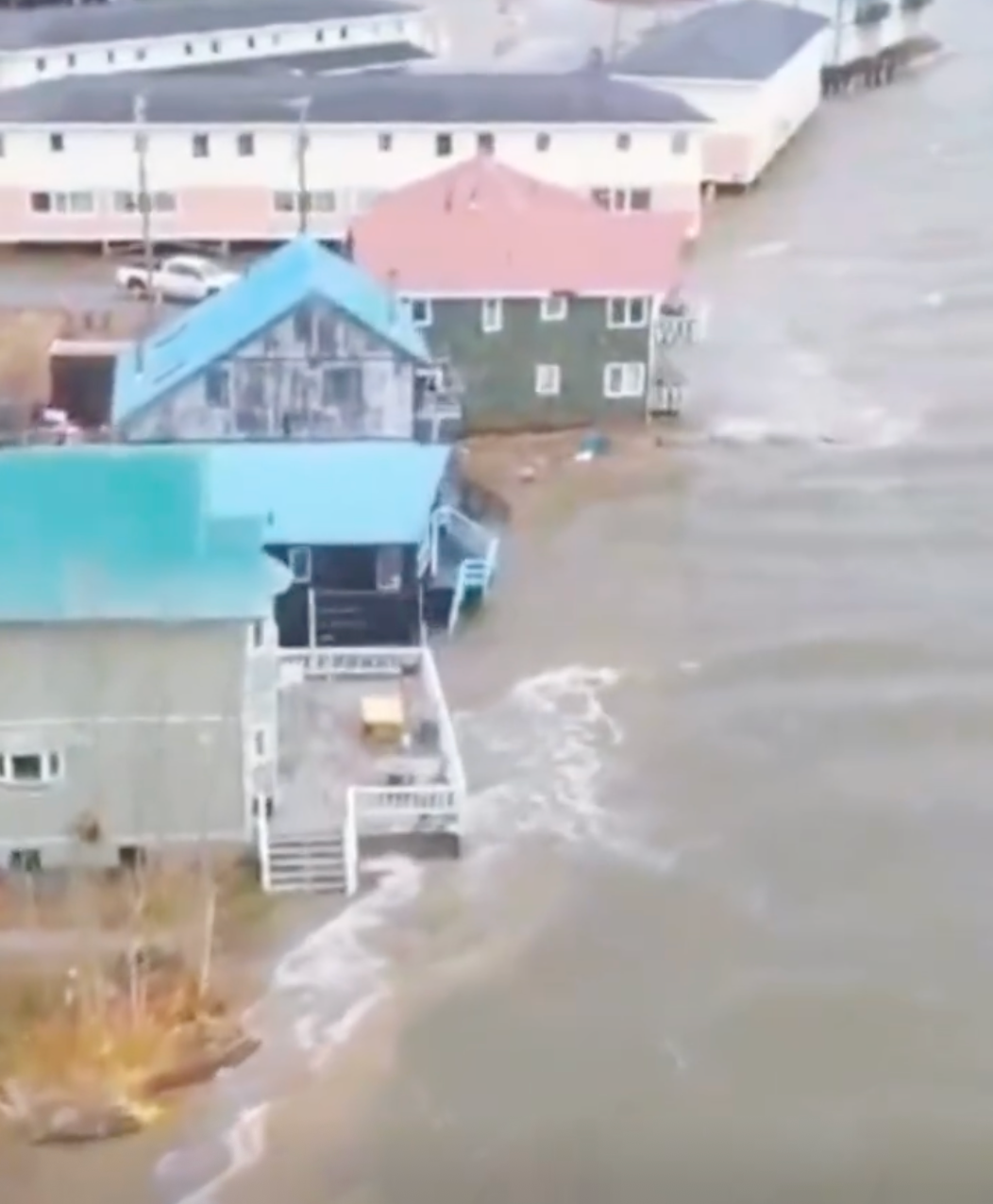Cybercriminals are increasingly targeting personal data, with phishing, identity theft, and tech-support scams costing Alaskans millions every year
Alaska has just earned a troubling distinction: the least safe state in America for data privacy and cybercrime risk. A new national report places Alaska at #50 out of 50 states, driven by unusually high cybercrime rates, weak privacy protections, and an increasing number of Alaskans falling victim to online scams.
Now, Cybercriminals are hunting in Alaska’s’s corners, whether you’re in Anchorage or the bush.
But behind the headline is a more important message: most cybercrime in Alaska is preventable. Understanding what criminals are doing, and how they’re targeting Alaskans, can drastically reduce your risk.
Here’s a clear look at the most common cyber threats affecting Alaska, and the steps every resident can take today to stay safe.
The Most Common Cybercrimes in Alaska
1. Imposter Scams & Phishing
The top threat in Alaska involves criminals pretending to be a government agency, bank, utility, or company you trust. These scams show up as phone calls, emails, or texts telling you to verify an account, pay immediately, or “fix” an urgent problem.
⚠️ These impersonation schemes made up 22% of all reported Alaska scams recently, far more than the national average.
2. Identity Theft & Personal Data Breaches
Alaska’s high cybercrime ranking is heavily driven by identity fraud. About 11% of reported scams involved stolen identities, compromised accounts, or criminals opening new accounts under a victim’s name.
⚠️ Data breaches, when companies storing your information are hacked, make this even more common.
3. Tech Support Scams
One of the fastest-growing problems statewide: criminals claiming to be Microsoft, Apple, your internet provider, or “security staff” warning you of a virus.
⚠️ They’ll ask to remote into your device or request payment. These scams cost Alaskans millions of dollars every year.
4. Extortion
Alaska has one of the highest per-capita rates of extortion attempts including threats, blackmail, or criminals claiming to have hacked your files or cameras.
Many of these threats are fake, but the fear they create is real and profitable for scammers.
5. Business Email Compromise (BEC) & Investment Fraud
These scams don’t occur in huge numbers, but they result in some of the highest financial losses in the state.
Criminals hack or imitate legitimate business email accounts, redirecting payments or invoices.
⚠️ Investment schemes, often involving crypto, cost Alaskans more than $6 million in a recent FBI report.
6. Online Shopping & Delivery Scams
Non-delivery and non-payment scams are common: you pay for items that never arrive, or sell items and never receive the money.
⚠️ Because Alaska relies heavily on online ordering, these scams hit residents especially hard.
7. Romance Scams
💔 These are especially devastating among older Alaskans.
Fraudsters build emotional connections over months, eventually asking for money due to “emergencies,” “travel costs,” or “investments.”
Why Alaska Is Hit So Hard

Cybercrime rates are calculated per 100,000 residents. Alaska’s smaller population means every incident pushes the rate higher. But, that’s not the full story.
Experts say factors include:
- Remote communities with limited local IT support
- High reliance on online shopping and banking
- Fewer statewide data-privacy laws
- Lower reporting barriers for criminals using social engineering
The result: Alaska reports more cybercrime per capita than any other state in America.
✅ How to Protect Yourself Right Now. A Practical Checklist
These steps block the overwhelming majority of cybercrime targeting Alaskans.
1. Lock Down Your Accounts
- Use a password manager so every password is strong and unique.
- Turn on multi-factor authentication (MFA) for bank, email, and social accounts.
- Never reuse passwords across important accounts.
2. Update Your Devices
- Turn on automatic updates for your phone, computer, apps, and router.
- Install reputable antivirus or built-in security tools and keep them active.
3. Protect Your Home Network
- Change default router passwords immediately.
- Use WPA3 or WPA2 encryption.
- Put smart devices – cameras, doorbells, TVs – on a separate guest network.
Putting smart home devices on a guest network isolates them from your main devices, so even if a hacker gets into a camera or smart TV, they can’t reach your phone, computer, or personal information.
4. Don’t Click Without Verifying
- Don’t trust unexpected emails or texts asking you to log in, verify, or pay.
- Instead: go directly to the official website or call the organization using a number you look up yourself.
5. Back Up Everything Important
- Keep at least one backup stored offline or disconnected.
- Test it once in a while. Untested backups are the same as no backups.
6. Watch Your Money
- Check bank and credit card accounts weekly.
- Consider a credit freeze if you’ve been part of a data breach.
- Act fast if anything looks suspicious. Time matters.
✅ If You Get Scammed or Hacked Here’s Where to Report
Federal Reporting
- Internet Crime Complaint Center (IC3): IC3.gov
- FTC Fraud Reporting: reportfraud.ftc.gov
Local Help
- FBI Anchorage Field Office: (907) 276-4441
- Alaska Consumer Protection: consumerprotection@alaska.gov
👉🏿 Reporting helps you recover faster and helps the state track and fight cybercrime.
Bottom Line
Alaska may be ranked the least safe state for cybercrime, but that doesn’t mean Alaskans are powerless. Most cyberattacks succeed because criminals prey on trust, urgency, and unprotected accounts, not because they are technologically unstoppable.
Small steps like stronger passwords, verified communications, and regular backups can shut down the majority of threats.




